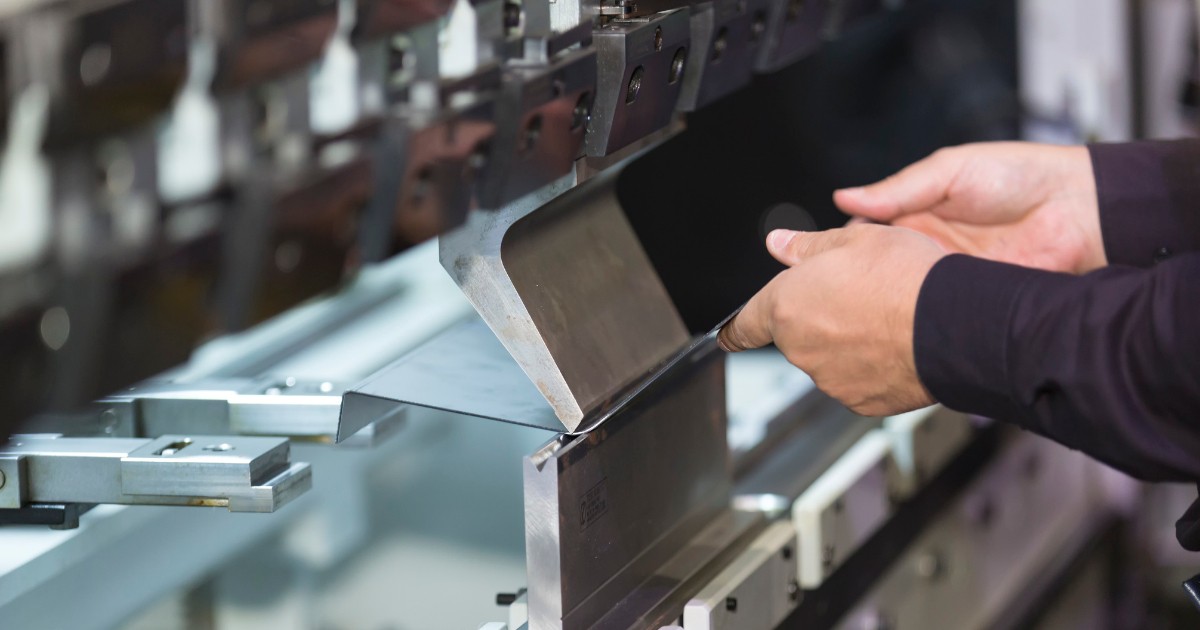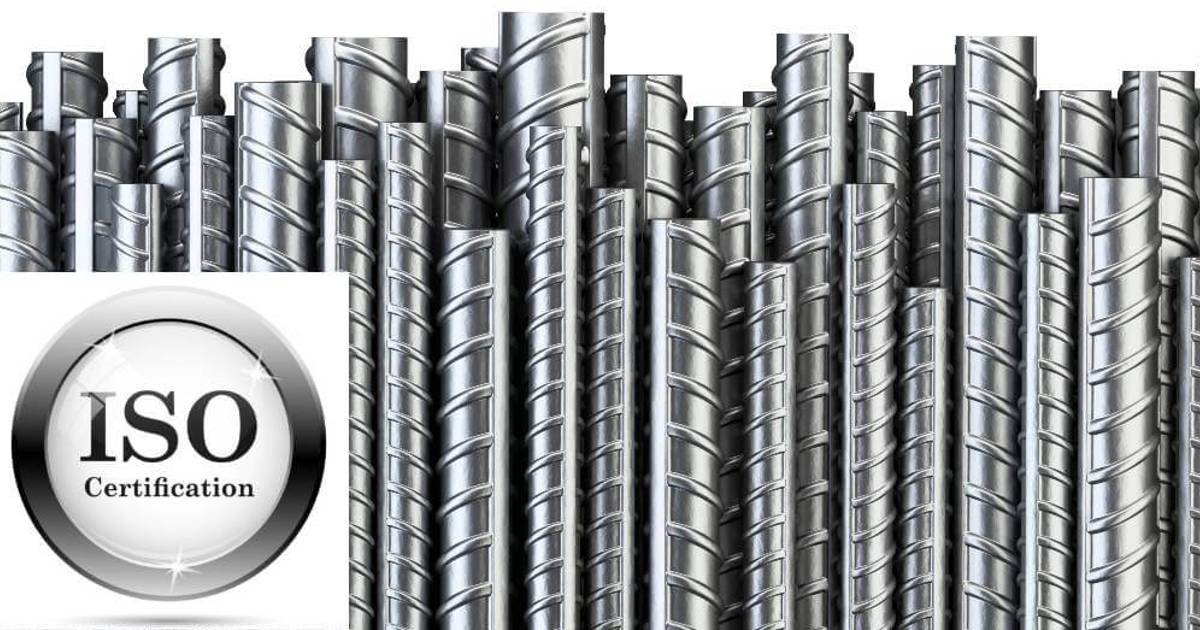Stainless steel, known for its exceptional strength, durability, and corrosion resistance, is a versatile material widely used in many different industries and applications. The performance of stainless steel depends on the specific grade chosen for a particular task. One should understand the importance of selecting the appropriate stainless steel grades to ensure optimal performance and longevity in any application.
When choosing stainless steel grades, several factors go beyond the basic requirements of strength and corrosion resistance, involving a range of mechanical, chemical, and physical properties. By thoroughly assessing these factors and making informed decisions, engineers, architects, and manufacturers can ensure stainless steel’s successful utilization in their projects.
Mechanical Properties
-
Strength and Hardness
Stainless steel’s strength is a primary characteristic that influences its load-bearing capacity and resistance to deformation. Higher strength grades increase structural integrity and are often favored in applications with anticipated heavy loads or high mechanical stress. Hardness, however, refers to the material’s resistance to indentation or scratching, which can affect its wear resistance and durability.
-
Ductility and Toughness
Ductility is the ability of stainless steel to undergo plastic deformation without fracturing. Highly ductile grades are ideal for applications that involve forming or bending processes, as they exhibit excellent malleability and can withstand shaping without failure. Toughness relates to a material’s ability to absorb energy and resist fracture under impact or sudden loading. Grades with high toughness are preferred in applications that need resistance to impact or sudden loading.
-
Yield Strength and Elongation
Yield strength refers to the point at which stainless steel exhibits permanent deformation under applied stress. It determines the material’s load-bearing capability and structural stability. Elongation measures the degree of deformation a material can undergo before failure and indicates its ability to stretch without breaking.
-
Corrosion Resistance
Grades with high corrosion resistance can withstand harsh environments, including exposure to corrosive chemicals, moisture, or saltwater. Corrosion-resistant grades are particularly favored in marine, chemical processing, and oil and gas industries.
-
Fatigue Resistance
Fatigue resistance is the ability of stainless steel to resist failure under repeated stress over time. Applications subject to vibration, cyclic loading, or dynamic stress require stainless steel grades with superior fatigue resistance to ensure prolonged service life and prevent premature failure.
-
Creep Resistance
Creep refers to the time-dependent deformation that occurs under constant load and elevated temperatures. Stainless steel grades with excellent creep resistance can maintain their dimensional stability and mechanical integrity even when prolonged exposure to high temperatures.
Corrosion Resistance
 Types of Corrosion
Types of Corrosion
Corrosion can manifest in several forms, including uniform, localized, galvanic, and stress corrosion cracking. Each type poses unique challenges and requires specific corrosion resistance properties to reduce their bad effects. Understanding the different types of corrosion is necessary for identifying the appropriate stainless steel grade capable of withstanding the corrosive environment.
Stainless Steel Corrosion Resistance Mechanisms
Stainless steel exhibits an natural resistance to corrosion due to the formation of a passive oxide layer on its surface. This protective layer, primarily composed of chromium oxide, acts as a barrier, shielding the underlying steel from corrosive agents. The alloying elements within stainless steel, such as chromium, molybdenum, and nickel, contribute to the formation and stability of this passive layer, enhancing the material’s corrosion resistance.
Corrosion Resistance in Different Environments
Stainless steel’s corrosion resistance can vary depending on the surrounding environment. Considerations must be made regarding the potential exposure to acidic, alkaline, or marine environments. The choice of stainless steel grade should align with the anticipated environmental conditions to ensure optimal resistance to corrosion-induced degradation.
Understanding Pitting and Crevice Corrosion
Pitting and crevice corrosion are particularly insidious forms of localized corrosion. Pitting corrosion occurs when localized defects in the passive oxide layer initiate aggressive corrosion, resulting in deep, narrow pits on the surface. On the other hand, crevice corrosion occurs in confined spaces or crevices, such as gaps between two components, and can lead to accelerated deterioration.
Considerations for Specific Applications
Different industries and applications demand specific corrosion resistance properties. For instance, the food processing industry requires stainless steel grades that are non-reactive, hygienic, and resistant to food acids and cleaning agents. Similarly, the chemical processing industry requires stainless steel grades capable of withstanding aggressive chemicals and extreme temperatures.
Temperature Resistance
Maximum Operating Temperature
The maximum operating temperature is the highest at which a stainless steel grade can sustain its mechanical properties, corrosion resistance, and overall performance. This parameter prevents the material’s potential degradation or failure under high-temperature conditions. Different stainless steel grades have varying maximum operating temperature limits.
Thermal Expansion and Contraction
Thermal expansion and contraction are inherent properties of stainless steel that happen because of temperature changes. Stainless steel grades with low thermal expansion coefficients are preferred in applications where dimensional stability is required, as they minimize the risk of warping, distortion, or failure caused by excessive thermal stresses.
Thermal Conductivity
Thermal conductivity refers to a material’s ability to transfer heat. Stainless steel’s thermal conductivity affects its response to temperature changes and heat distribution within a structure or component. The grades with high thermal conductivity facilitate efficient heat transfer and dissipation. Stainless steel grades with lower thermal conductivity may be more suitable for heat insulation applications.
Resistance to Scaling and Oxidation
At high temperatures, stainless steel grades may be subject to scaling and oxidation, leading to surface degradation and reduced performance. Resistance to scaling refers to a material’s ability to resist the formation of oxide layers or scales on its surface when exposed to elevated temperatures. Oxidation resistance, on the other hand, pertains to a material’s ability to resist chemical reactions with oxygen at high temperatures.
Fabrication and Formability
 Weldability
Weldability
Weldability refers to the ease and quality of welded stainless steel. Factors such as alloying elements, carbon content, and thermal properties influence the weldability of stainless steel. Choosing a grade with good weldability ensures reliable and durable welded joints.
Machinability
Machinability pertains to the ease with which stainless steel can be machined into desired shapes and dimensions using various machining processes. Stainless steel grades with excellent machinability characteristics minimize tool wear, reduce machining time, and improve overall productivity.
Forming and Bending
Forming and bending are processes where the material is shaped into specific geometries and configurations. Stainless steel grades with good formability and bendability exhibit superior ductility, allowing easy forming and bending without excessive cracking or deformation.
Surface Finish and Appearance
Stain steel components’ surface finish and appearance are important in their aesthetic appeal and functional performance. Stainless steel grades with desirable surface finish properties, such as smoothness, reflectivity, and resistance to staining or discoloration, are preferred in applications that require visual appeal.
Cost Considerations
Initial Material Cost
The initial material cost of stainless steel is essential in any project. Different stainless steel grades have varying costs due to alloy composition, manufacturing process, and market demand. Rates with higher alloy content or specialized properties may have a higher initial material cost.
Maintenance and Lifecycle Costs
Stainless steel grades that offer superior corrosion resistance and durability often require minimal maintenance and exhibit extended service life. Although these grades may have a higher upfront cost, their lower maintenance requirements and longer lifecycle can result in significant cost savings over time.
Availability and Sourcing
Grades readily available in the market and sourced from reputable suppliers often offer competitive pricing due to economies of scale and streamlined supply chains. Specialized or less commonly used grades may have limited availability, leading to higher costs and potential supply chain challenges.
Compatibility with Other Materials
Gasket Materials
Gaskets are essential to creating a seal between two surfaces, preventing leakage or contamination. Chemical compatibility, temperature resistance, and pressure requirements should be evaluated to ensure a proper and reliable seal. Different gasket materials, such as rubber, silicone, or PTFE (polytetrafluoroethylene), may have specific compatibility requirements when selecting the appropriate stainless steel grade.
Fasteners and Connectors
It is necessary to consider the potential for galvanic coupling between dissimilar materials and select fasteners and connectors made from materials compatible with the stainless steel grade. Factors such as the corrosion resistance, electrical conductivity, and mechanical properties of the fasteners/connectors should be evaluated to ensure compatibility and long-term performance.
Joining Methods
Joining stainless steel with other materials often requires various joining methods, such as welding, brazing, or adhesive bonding. Different joining methods may have specific requirements regarding the alloy composition, surface preparation, and thermal properties of the stainless steel grade.
Standards and Specifications
 International Standards
International Standards
International standards, such as those established by ASTM International (formerly the American Society for Testing and Materials) and EN (European Norm), provide comprehensive guidelines and specifications for stainless steel grades. These standards define the chemical composition, mechanical properties, and other relevant characteristics of stainless steel, ensuring uniformity and facilitating global trade.
Industry-Specific Standards
Industry-specific standards play a major role in selecting and applying stainless steel. For instance, the American Iron and Steel Institute (AISI) provides guidelines and specifications for the stainless steel industry. Similarly, the American Society of Mechanical Engineers (ASME) establishes standards for designing, fabricating, and inspecting stainless steel components in various sectors.
Compliance Requirements
Compliance with relevant standards and specifications must be met to ensure stainless steel components‘ safety, quality, and performance. Adhering to compliance requirements demonstrates the commitment to meeting industry standards and ensuring the reliability and suitability of stainless steel grades for their intended applications.
Application-Specific Considerations
Food and Beverage Industry
In the food and beverage industry, stainless steel is widely used due to its hygienic properties, corrosion resistance, and ease of cleaning. Stainless steel grades suitable for food and beverage applications should meet stringent requirements for cleanliness, resistance to corrosion from food and beverage products, and compliance with food safety regulations.
Chemical Processing
Stainless steel grades for chemical processing applications should exhibit exceptional corrosion resistance to various chemicals and acids, high-temperature stability, and resistance to stress corrosion cracking. Factors such as ease of fabrication, weldability, and compatibility with other materials in the chemical processing equipment should be considered.
Oil and Gas Industry
Stainless steel grades for oil and gas applications should possess exceptional resistance to corrosion, hydrogen sulfide cracking, and chloride-induced stress corrosion cracking. Mechanical properties such as strength, toughness, and ductility are vital considerations for offshore and onshore oil and gas applications.
Medical and Pharmaceutical Applications
Stainless steel grades for medical and pharmaceutical applications must meet strict requirements for cleanliness, resistance to pitting and crevice corrosion, and compatibility with sterilization methods. Grades with low nickel content and high corrosion resistance are commonly employed to minimize the risk of allergic reactions and ensure biocompatibility.
Construction and Architecture
Stainless steel grades suitable for architectural applications should exhibit excellent resistance to staining, discoloration, and atmospheric pollutants. Grades with desirable surface finishes, such as brushed or polished, are often selected to achieve the desired visual appearance.
Automotive Industry
Grades suitable for automotive applications should possess a balance of mechanical properties, including strength, ductility, and impact resistance. Corrosion resistance to environmental factors is also required to ensure the longevity and safety of automotive components.
Selecting From Stainless Steel Grades
Consider the specific requirements and priorities of the application to determine the most suitable stainless steel grade. Evaluate the desired mechanical properties, corrosion resistance in the intended environment, and temperature resistance. By weighing these considerations, engineers, designers, and manufacturers can make an informed decision and select the optimal stainless steel grade.
Our Locations
Get a Quote Now
